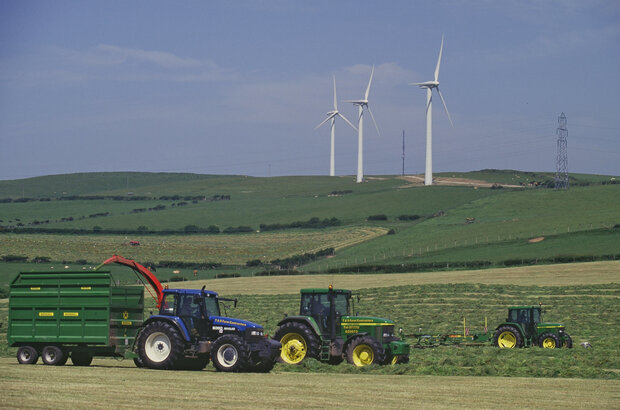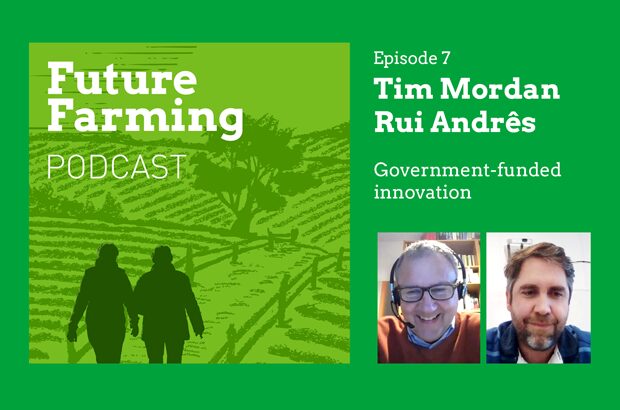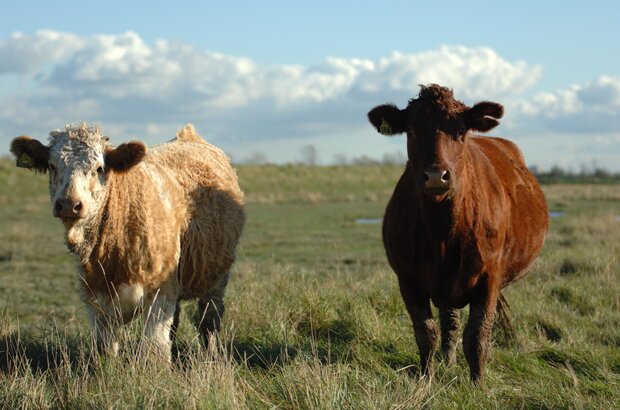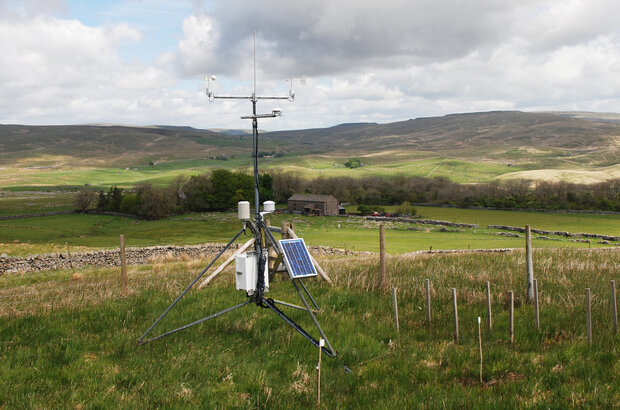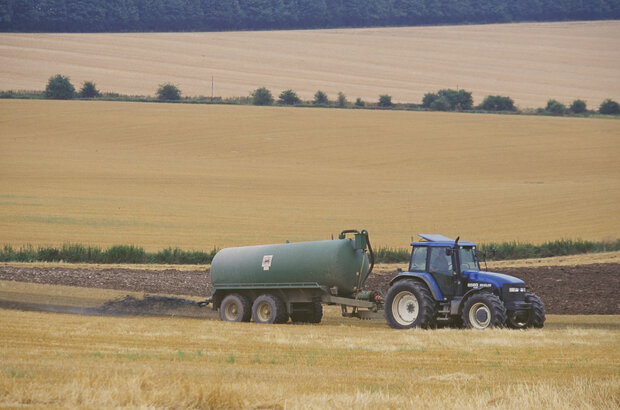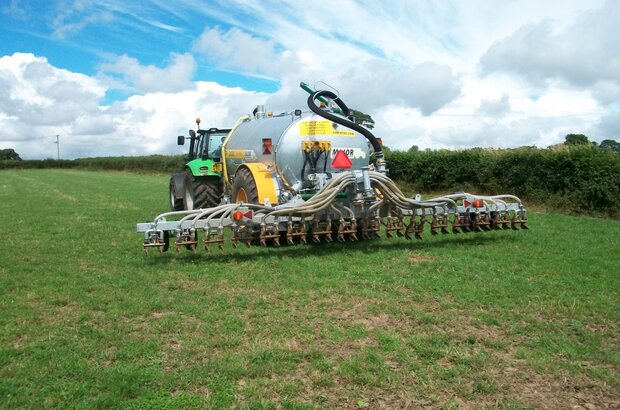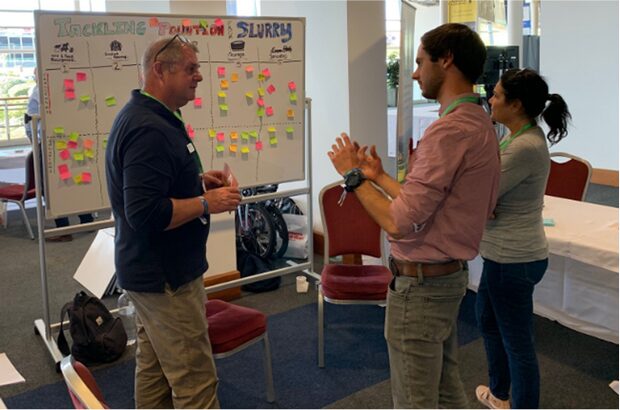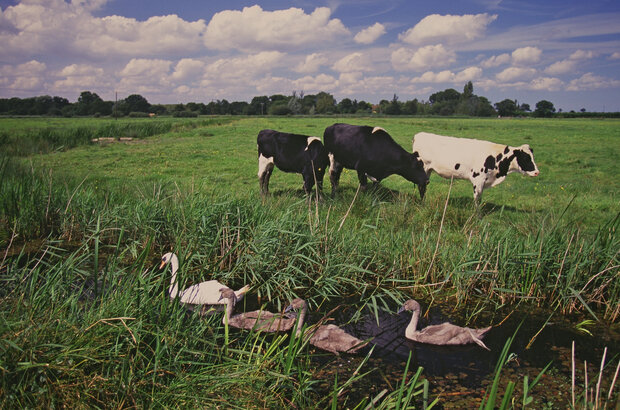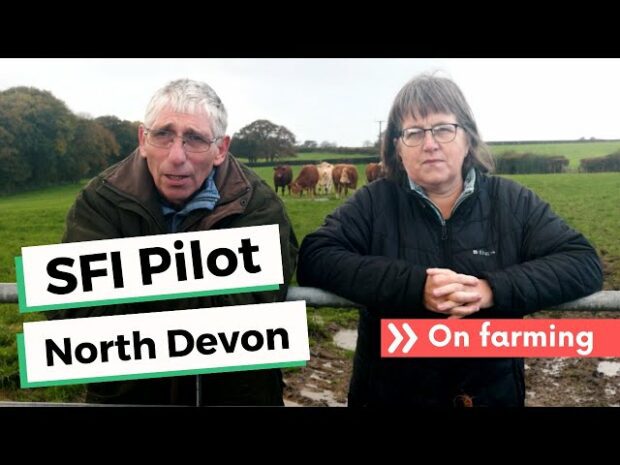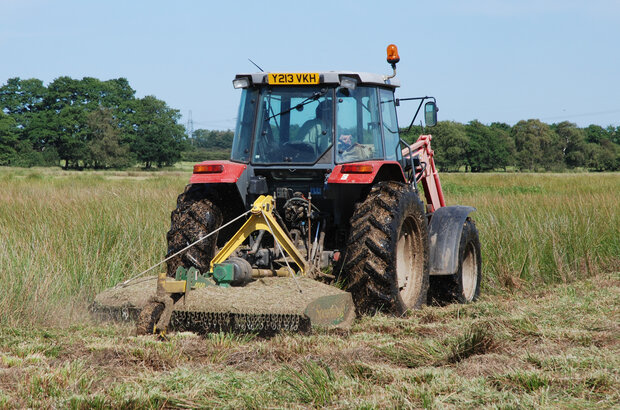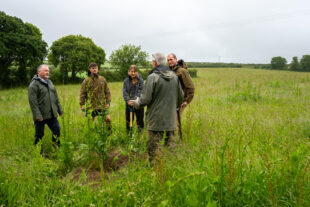In October, we launched the first rounds of funding in our Farming Innovation Programme. As we've been processing the applications, we've seen a promising spread of ideas across the livestock, horticulture and broadacre sub-sectors. These ideas are coming in from across the whole of England. In this post, I'll share next steps and what to look out for this year.
In the seventh episode of the Future Farming podcast, Tim Mordan, Defra’s Head of Farming Innovation, Productivity and Science talks to Rui Andrês, CEO of Fieldwork Robotics, about their innovative raspberry robot picker.
Today, we published our initial priorities for the Animal Health and Welfare Pathway. They represent some of the best opportunities for improving animal health and welfare we have across each livestock sector. In this post, I’ll share those priorities.
Recently we ran the first round of our new Farming Equipment and Technology Fund. We received 5,624 eligible applications worth a total overall value of just over £53.5 million. This is triple our initial budget allocation for the fund.
Slurry contains lots of nutrients including nitrates, phosphate and potash as well as a host of other things that can benefit soil health and support crop growth. It can, however, create significant pollution to our water and air. Through co-design, our team joined with a group of farmers, industry leaders and experts to explore the subject. In this post, we’ll share what we’ve learned and how we plan to support farmers so that nutrients from slurry aren’t lost, that any damage to our environment is reduced and farmers aren’t dependent on expensive artificial fertilisers.
Today, we've blogged about how we're working with farmers and others across the industry to use slurry to our advantage. Farmers told us that finance often stands in the way of improving their slurry and nutrient management systems. Investing in slurry equipment and infrastructure is expensive. Particularly when it comes to integrating new technologies, techniques and building infrastructure. In this post, we'll share how we've been developing slurry grants to better support farmers and what to expect later this year.
More than 4,000 people from across the farming community in England are now working with us to design, pilot, test and trial new farming policies and schemes. In this post, we’ll explain how we’re working with the farming community. We'll also share the 7 co-design principles we’re encouraging groups to follow.
One of the ways we’re supporting farmers is through the Future Farming Resilience Fund. Through the fund, independent advisers can provide free business advice to farmers in England. In this post, I’ll share 2 new pieces of information about the fund. The first is a new opportunity for advice providers. The second is a request for farmers to give us feedback on the advice they’ve received through the fund.
In the Sustainable Farming Incentive pilot, we provided farmers with 3 different land management plan templates. In this video, find out how participants Liz and Bryan, used land management planning to prepare their farm business for the future.
It can be difficult for farmers who wish to retire or leave the industry to do so. A lack of capital can prevent them. We think that our Lump Sum Exit Scheme could help them. Last year, we ran a consultation with farmers and other experts, and the findings supported this view. In this post, I'll share a summary and our response. I'll also cover delinked payments and an opportunity for you to help shape our work.
